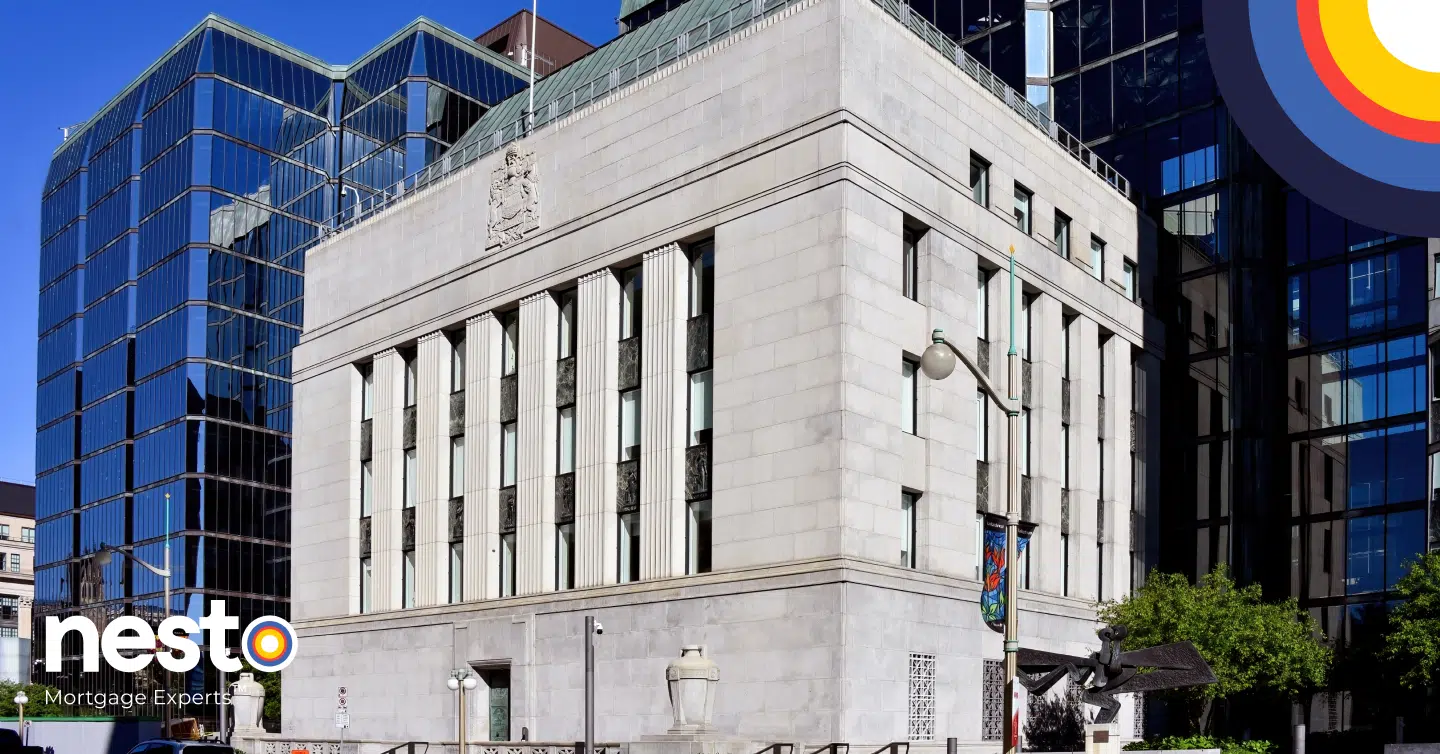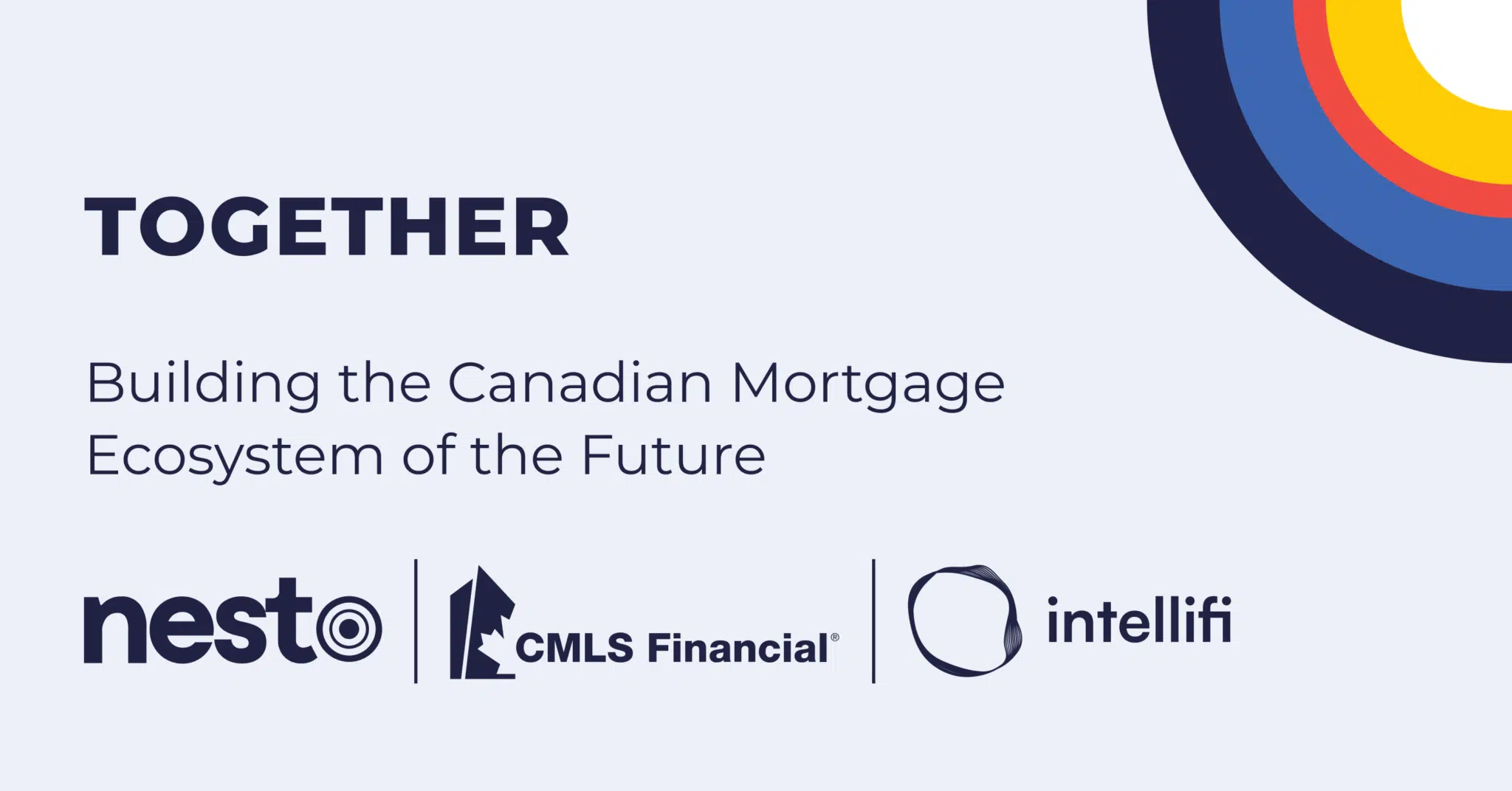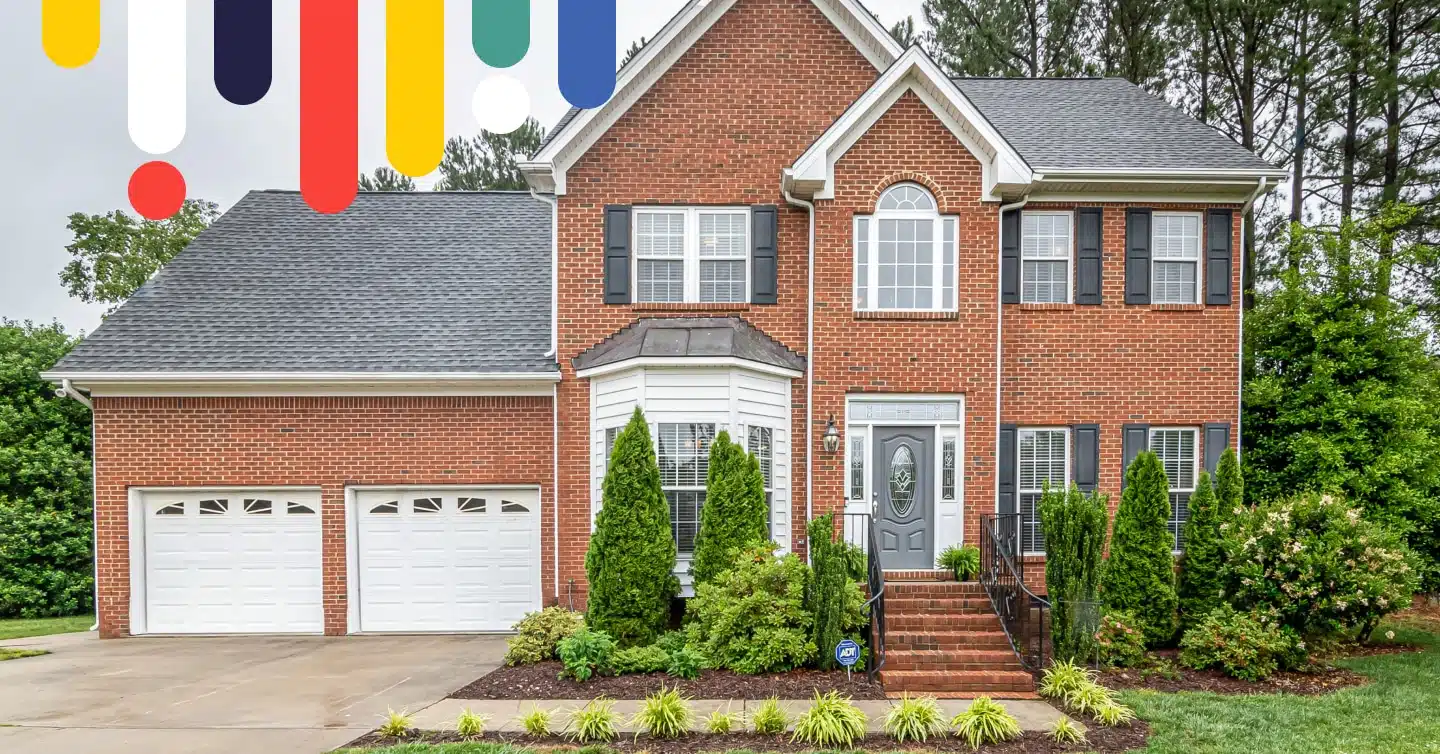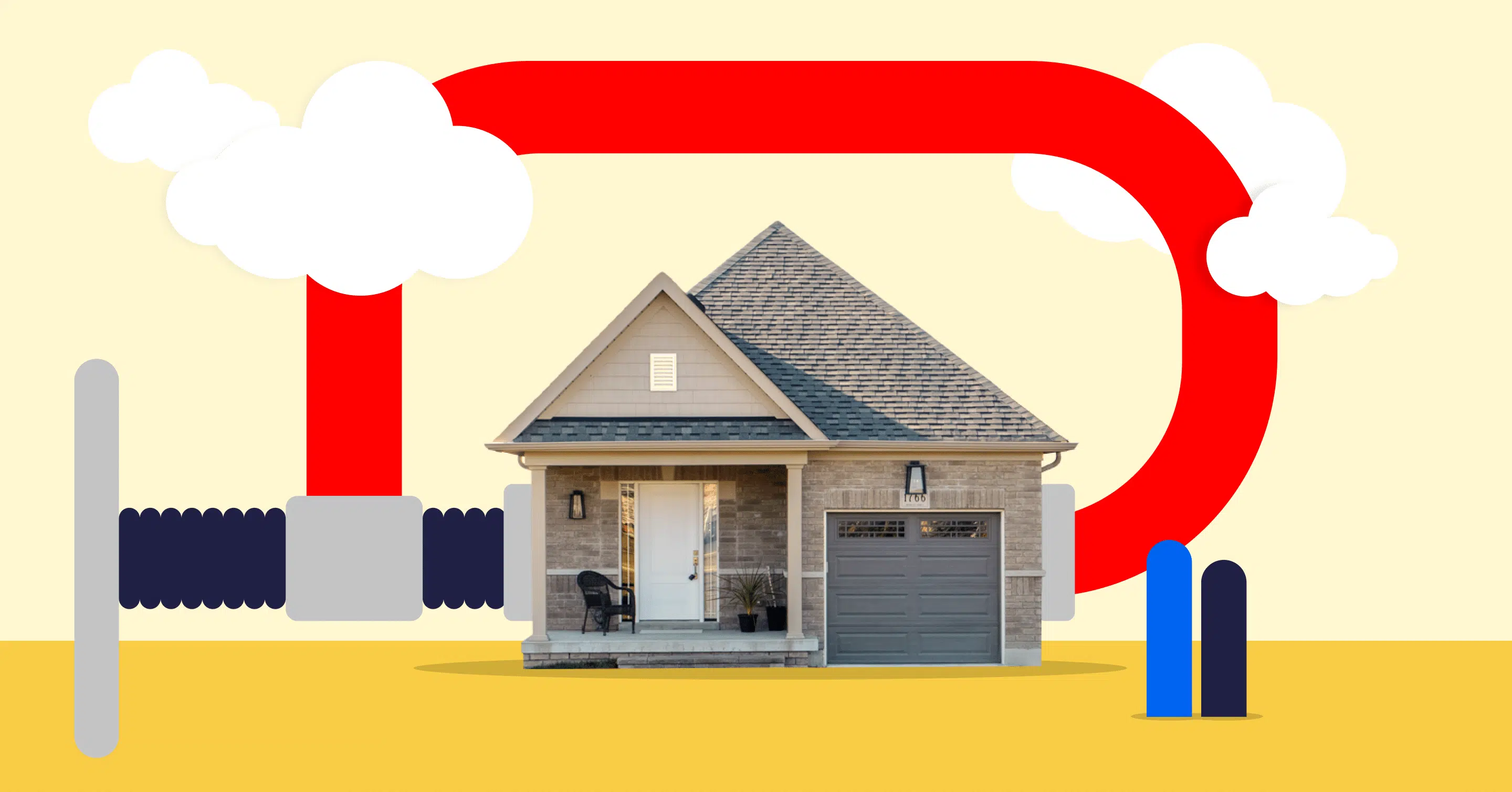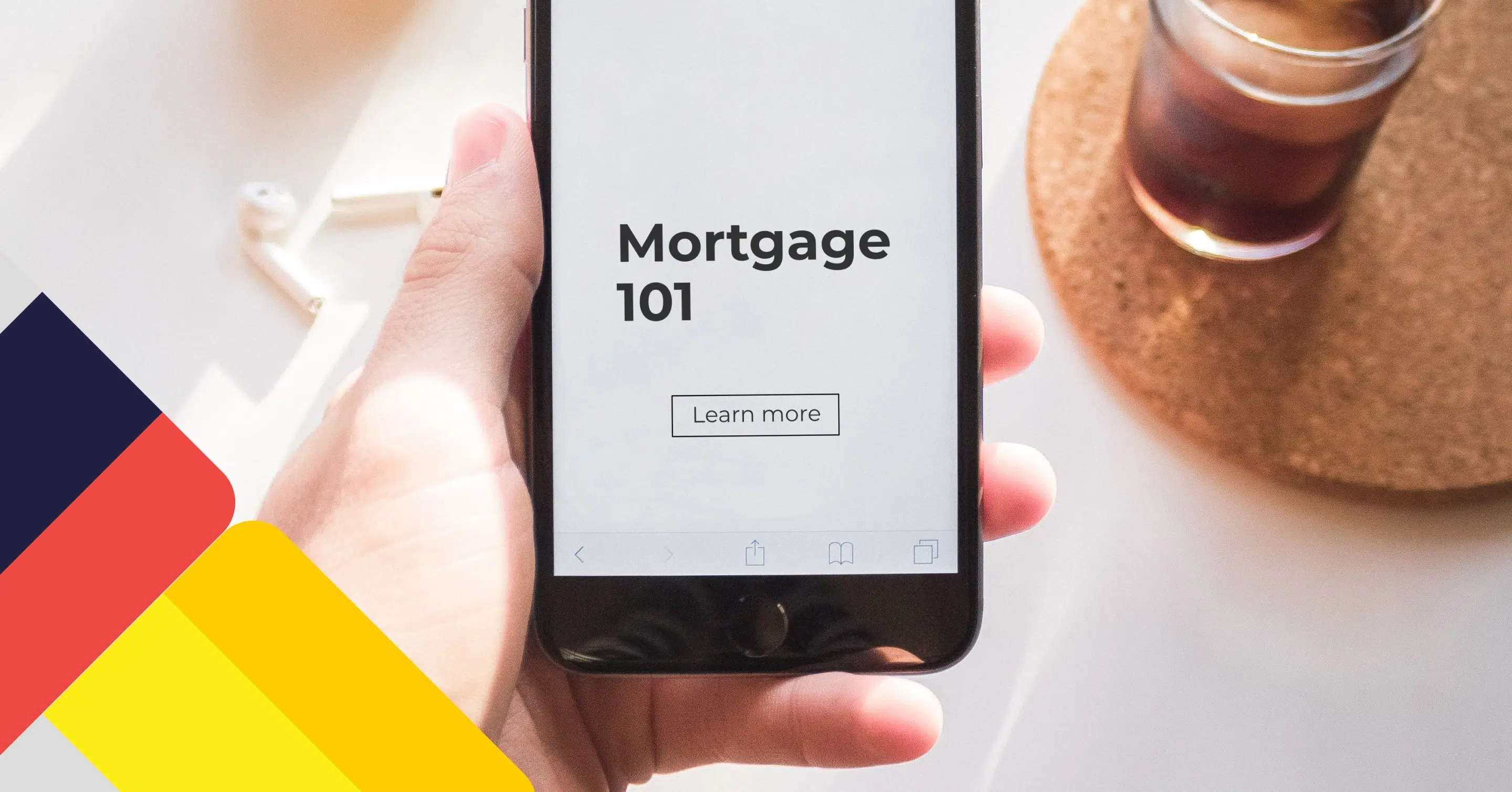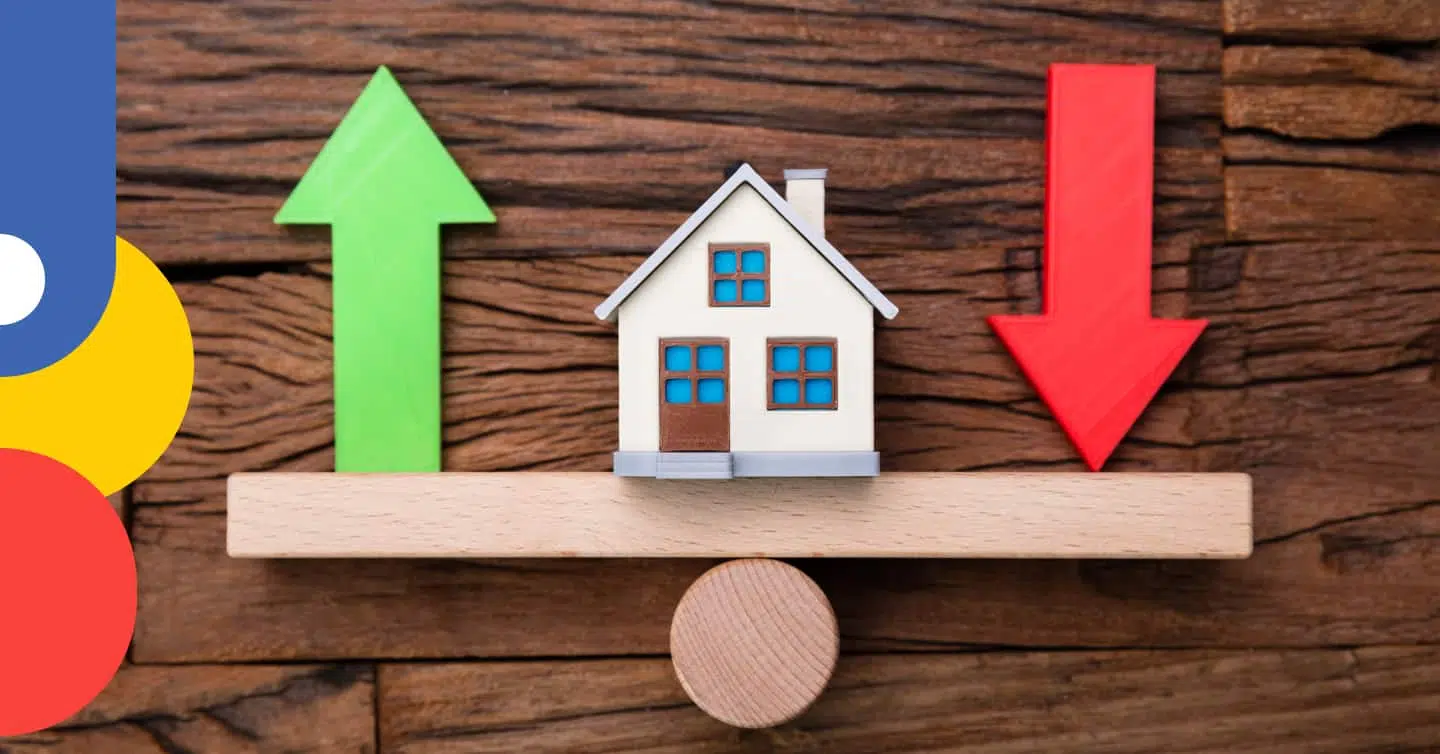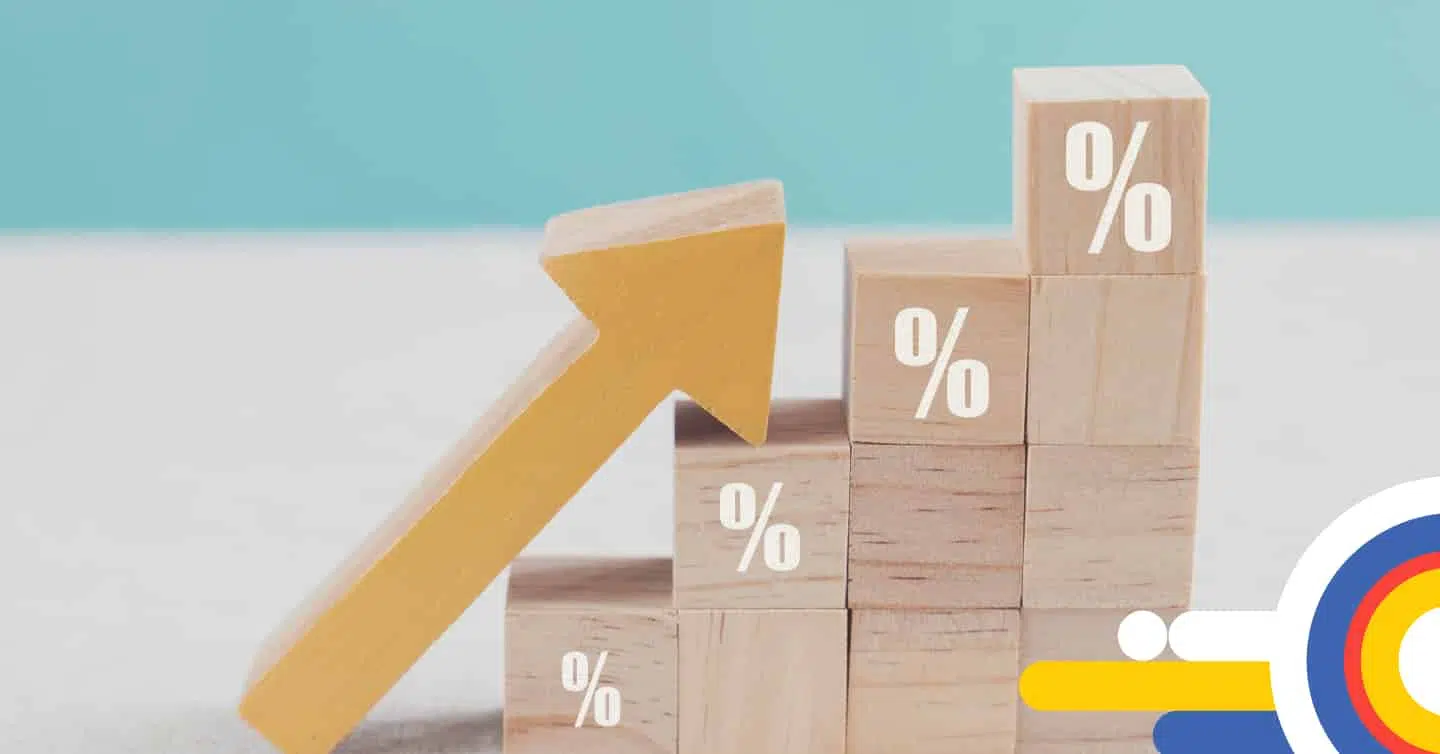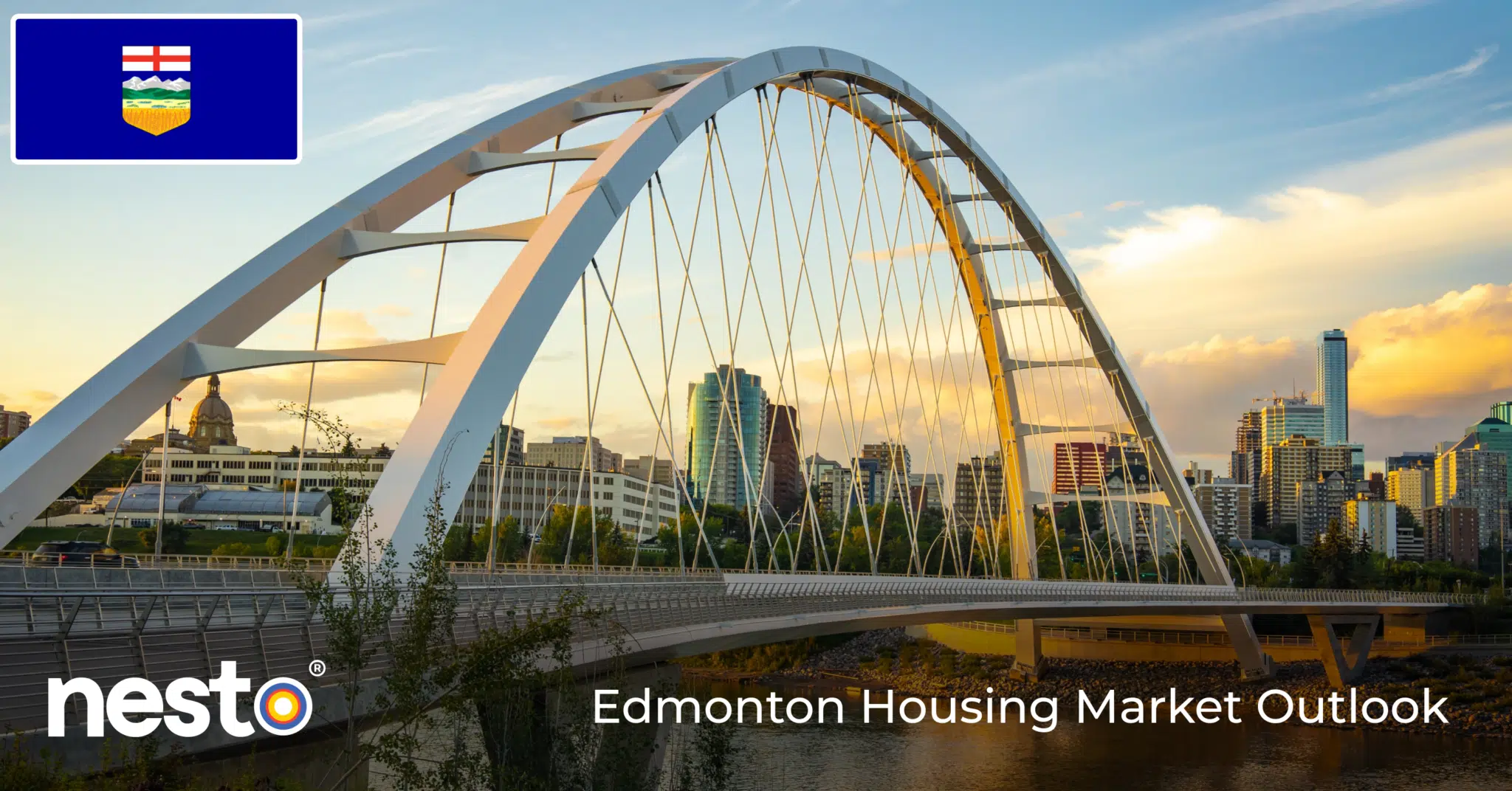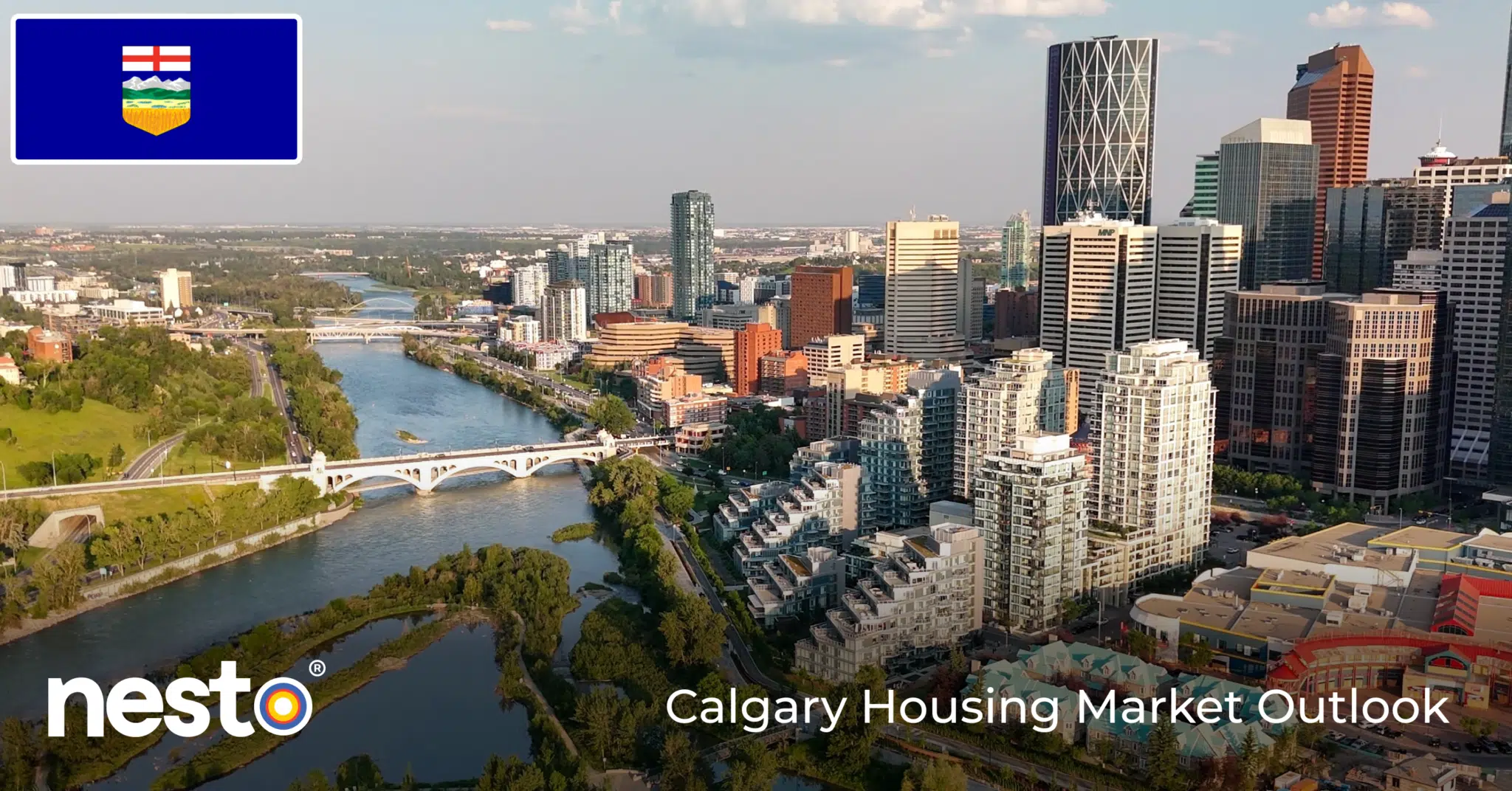Mortgage Basics #Featured articles #Guides
Mortgage Basics #Featured articles #Guides
Fixed vs Variable Mortgage Rates
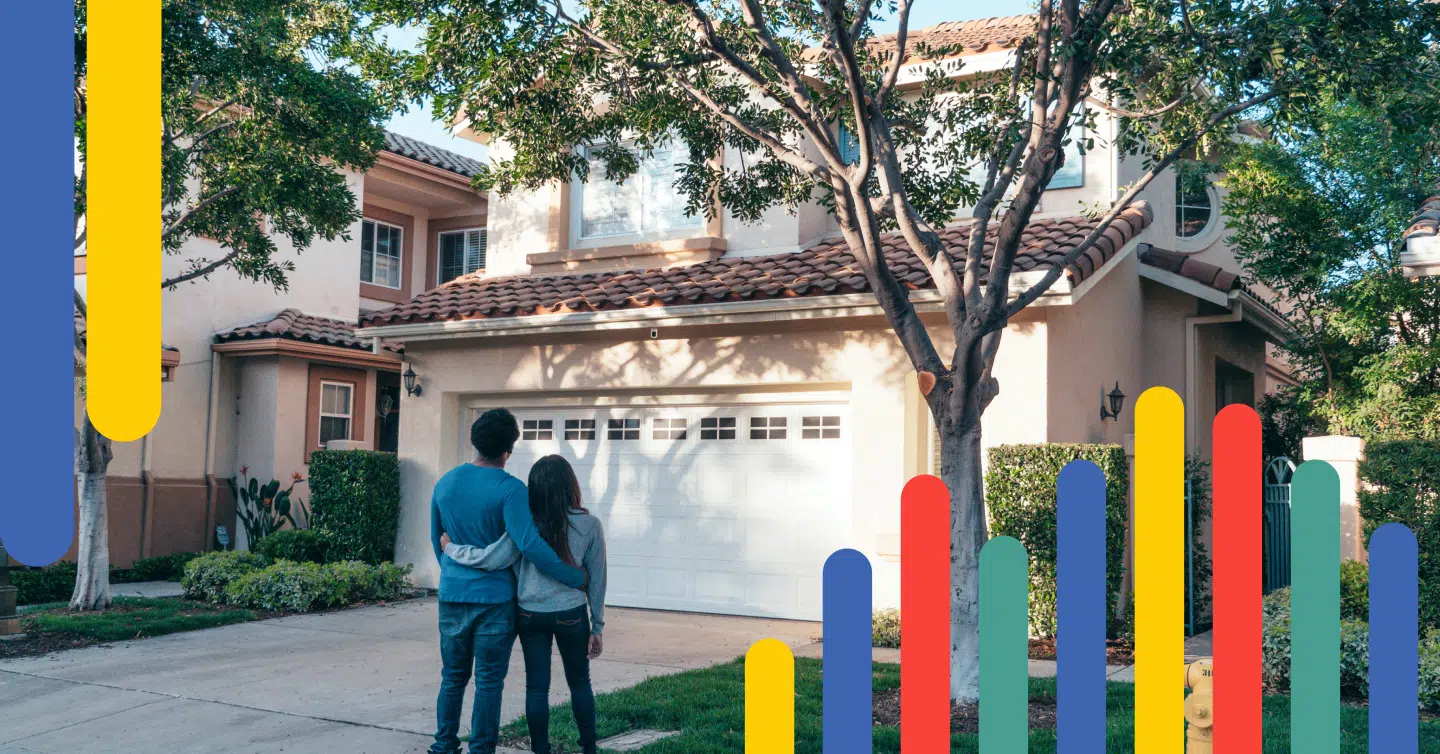
Table of contents
Buying a home is a significant financial commitment, and one of the first decisions you will need to make when getting a mortgage is whether to choose a fixed or variable mortgage. As a homeowner, the choice you make between a fixed and variable mortgage could impact your financial situation and the interest you pay over the life of the mortgage.
Deciding whether a variable or fixed mortgage is the best option depends on which one suits your needs and circumstances. This post will guide you through the specifics of both types of mortgages, highlighting the key differences and the pros and cons of each.
Key Takeaways
- Fixed-rate mortgages offer stability and predictability as interest rates and mortgage payments remain consistent.
- Variable-rate mortgages are tied to the prime rate, and the interest charged can fluctuate over time.
- Your financial situation, risk tolerance, and current and future rate projections should guide your choice between fixed and variable.
What’s the Difference Between Fixed and Variable Rates?
A fixed-rate mortgage has a fixed interest rate, meaning it will remain the same throughout the mortgage term. The interest and principal portions on your mortgage payment will stay the same regardless of changes to interest rates.
A variable-rate mortgage has interest rates that fluctuate, rising or falling in response to changes in the prime rate. Variable mortgages can either be:
- Adjustable rate (ARM): Mortgage payments adjust based on changes to the prime rate throughout the term. The principal remains fixed; however, the interest component will fluctuate with changes to the prime rate. With an ARM, any changes to interest rates during your term will not impact your remaining amortization.
- Variable rate (VRM): Mortgage payments remain fixed throughout the term. Any changes to the prime rate will affect your interest and principal. If interest rates increase, a larger portion of your mortgage payment will go toward interest, and less will be applied to the principal. If interest rates decrease, a larger portion of your mortgage payment will be applied toward the principal, rather than interest. With a VRM, any changes to interest rates during your term will impact your remaining amortization.
Pros & Cons of a Fixed Rate Mortgage
A fixed rate is beneficial for budgeting purposes, as it offers financial predictability and stability, given that mortgage payments remain the same throughout the mortgage term. With fixed rates, you can lock in your rate and payment for a specified period, known as your term, which typically ranges from 1 to 5, 7, or 10 years. Having a set interest rate for the entire term can protect you from any increases in interest rates.
Locking into a fixed rate for the entire term can also lead to missing out on lower interest rates should they fall during your term. Even though a fixed rate will provide you with a stable and predictable mortgage payment for years, it will come with a more significant interest rate differential penalty. If you decide to break the mortgage before the end of your term, say, to take advantage of lower interest rates, you must pay either the interest rate differential (IRD) or 3 months’ interest, whichever is higher.
Pros & Cons of a Variable Rate Mortgage
Variable rates are beneficial if interest rates decrease during your mortgage term. There is potential for significant cost savings by opting for a variable rate, as you are more likely to save on interest-carrying costs over the long term. There is also the additional benefit of locking your mortgage into a fixed rate at any time, such as when interest rates start to increase, through an early renewal. Variable mortgages typically have lower overall fees to break the mortgage term, calculated as 3 months of interest.
If interest rates increase and you don’t move to a fixed mortgage, there is a chance you could pay significantly more interest. Variable rates can also be challenging to budget, as your payments may fluctuate with changes to prime rates, similar to those found in ARMs.
With VRMs, you run the risk of having most of your payments go toward interest, meaning you could hit your trigger rate (where your mortgage payments no longer cover any principal) or trigger point (the balance owing is higher than the original loan amount), with the additional risk of over-amortization.
Find a better rate, and we’ll match it, beat it, or give you $500*.
*Conditions Apply
With nesto, it’s stress-free
Fixed vs Variable Mortgages
A well-known 2001 study by York University Professor Moshe Milevsky reviewed fixed and variable mortgage rates between 1950 and 2000. The study found that borrowers saved 90% of the time when they opted for a variable mortgage. The other 10% of the time, this was only sometimes true and heavily depended on various factors. The study concluded that borrowers are better off locking into a fixed rate if interest rates are low. It’s also important to note that financial markets may not repeat in the same manner with completely new socio-economic constraints compared to when the study was written over 20 years ago.
Which is Right for You?
The interest rate differential (IRD) penalty on a fixed rate makes this option only sometimes the most sensible one. A fixed-rate mortgage may be the best choice if you value stability and predictability, or are concerned that interest rates may rise.
If you’re comfortable with some level of risk or there is a chance that rates have hit their peak and will decrease over the next few years, a variable-rate mortgage may be the best choice.
It’s always advisable to look at your financial situation holistically. At any given time, no 2 borrowers will have the same factors affecting their risks, needs, and goals concerning their borrowing or homeownership.
Comparing 5-Year Fixed and 5-Year Variable Rates Over Time
Source: BankofCanada.ca
Historically, variable rates have often been much lower than fixed rates. However, this has not always been the case, and there are times when the difference between fixed and variable rates has been negligible.
The Canadian mortgage market has undergone significant changes in recent years, with variable rates occasionally surpassing those of fixed rates. This highlights the importance of closely monitoring market trends and considering future interest rate predictions, as well as personal factors, when deciding between fixed- and variable-rate mortgages.
Popularity Shifts Between Fixed and Variable Rates Over Time
Fixed-rate mortgages have traditionally been the more popular choice in Canada. Variable-rate mortgages gained popularity, mainly due to the low interest rates in 2020 and 2022. Variable-rate mortgages (VRM) dropped from their peak of roughly 50% of new mortgages in early 2022 to around 6% of new mortgages by the end of 2023. As interest rates rise, the popularity of variable-rate mortgages falls as more borrowers seek the stability of fixed-rate mortgages.
In July 2024, fixed-rate mortgages ranging from 3 to 5 years accounted for over 50% of all newly extended mortgages, making them the most popular choice. Meanwhile, 5-year terms account for only 12% of newly extended mortgages, and variable-rate mortgages account for only 9%.
Drivers for Fixed and Variable Mortgage Rates
Fixed and variable mortgage rates are influenced by various economic factors, including inflation, unemployment, the Canadian and U.S. economies, and policies set by the Bank of Canada.
Variable-rate mortgages are set based on the Bank of Canada (BoC) policy rate. Lenders adjust their prime rates when the bank changes this rate, either increasing or decreasing it as part of monetary policy. Most lenders and financial institutions set their prime rates at the policy rate plus 2.2%.
Fixed-rate mortgages follow bond yields of corresponding maturities. Bond yields are indirectly influenced by expectations of how the economy (inflation, unemployment, etc.) performs and how the BoC will respond to this economic performance when adjusting the policy rate in the future. Fixed-rate mortgages are typically priced with a spread of 1% to 2% higher than the corresponding bond yield.
What Rate Type Should You Choose If Rates Increase or Decrease?
Choosing a fixed rate may be the most sensible option if interest rates increase or are expected to rise. A fixed rate benefits those who don’t have room in their budget for any increases to their mortgage payments or who wish to ride out higher rates by locking in at lower rates.
Choosing a variable rate may be the most sensible option if interest rates decrease or are expected to decrease. If rates decrease, those who have chosen a fixed rate will be locked into a higher rate for the term, with a significant penalty for breaking the mortgage. Those who choose a VRM will realize immediate cost savings, as more principal will be paid down, shortening the amortization period. Those who choose an ARM will benefit from immediate cost savings through lower mortgage payments.
Frequently Asked Questions
What is a fixed-rate mortgage?
A fixed-rate mortgage is a type of mortgage where the interest rate remains constant for the entire duration of the mortgage term. This means your mortgage payments will have both a fixed principal and interest portion, with the total payment remaining unchanged regardless of changes to interest rates.
What is a variable-rate mortgage (VRM)?
A variable-rate mortgage (VRM) is a type of mortgage in which the interest rate fluctuates based on changes to the prime rate. There are two types of variable rates: adjustable rate (ARM) and variable rate (VRM).
ARMs have a fixed principal, while the interest will change if the prime rate changes, meaning mortgage payments can increase or decrease. VRMs have a floating principal and interest with a fixed total mortgage payment. If interest rates increase, a larger portion of your payment will be allocated to interest, with less going toward the principal. If rates decrease, a greater portion of your payment will be applied to the principal, with less allocated to interest.
Can I switch from a fixed-rate to a variable-rate mortgage?
It is possible to switch from a fixed-rate to a variable-rate mortgage. However, to avoid paying a penalty, you would need to wait until the end of your mortgage term.
Is it better to get a fixed-rate or variable-rate mortgage?
The choice between a fixed-rate and variable-rate mortgage will depend on your personal financial situation and risk tolerance. A fixed rate may be the best choice if you prefer predictable and stable payments or cannot afford increases to your mortgage payments. However, a variable-rate mortgage could be the best choice if you are financially comfortable and have the risk appetite for increasing rates.
Final Thoughts
Deciding on a variable or fixed rate is a question of personal choice and risk appetite. While variable mortgages have proven more cost-effective over time than fixed mortgages, some prefer the certainty of having the same payment throughout their mortgage term.
To find the most suitable mortgage solution for your borrowing situation, speak with our mortgage experts at nesto today.
Why Choose nesto
At nesto, our commission-free mortgage experts, certified in multiple provinces, provide exceptional advice and service that exceeds industry standards. Our mortgage experts are non-commissioned, salaried employees who provide impartial guidance on mortgage options tailored to your needs and are evaluated based on client satisfaction and advice quality. nesto aims to transform the mortgage industry by providing honest advice and competitive rates using a 100% fully digital, transparent, seamless process.
nesto is on a mission to offer a positive, empowering and transparent property financing experience – simplified from start to finish.
Contact our licensed and knowledgeable mortgage experts to find your best mortgage rate in Canada.
Ready to get started?
In just a few clicks, you can see our current rates. Then apply for your mortgage online in minutes!


